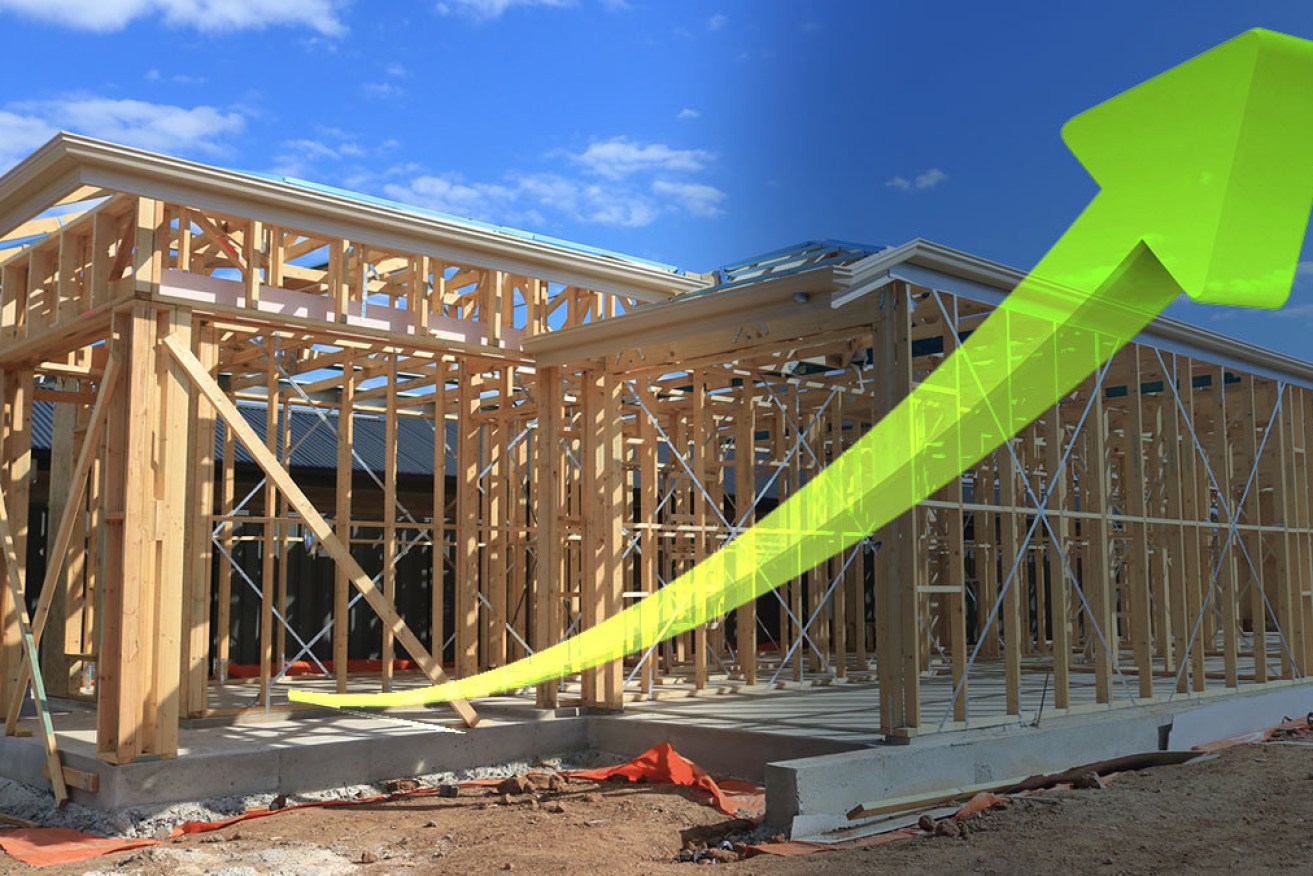Superannuation funds open to Labor’s housing stimulus plan


Federal Labor is calling for a National Housing Stimulus Plan to lead the economic recovery. Photo: TND
Superannuation funds have said they are open to investing in social and affordable housing projects following calls from the Australian Labor Party (ALP) to establish a National Housing Stimulus Plan.
Labor housing spokesman Jason Clare said governments should work with super funds and the private sector to build and repair social and affordable properties.
He said building more social housing would “help those in need” and protect the jobs of almost one million workers who work in residential construction, which employs almost 10 per cent of the workforce.
“In times of economic shock, housing construction has played a vital role in national economic recovery,” Mr Clare said.
“Now is the time to act.”
Industry groups have made similar pleas in recent weeks after construction activity plunged to record lows – and superannuation funds have told The New Daily they are open to discussion.
The conundrum for funds is that they have a legal responsibility to maximise financial returns for members, but social and affordable housing charges discounted rents.
Tweet from @JasonClareMP
Addressing super’s conundrum
Cbus chief investment officer Kristian Fok said state and federal governments would have to offer financial incentives for funds to invest heavily in social housing.
The superannuation fund representing the construction industry has already provided low-cost loans to community housing providers via the National Housing and Finance Investment Corporation (NHFIC).
In November, Cbus invested $30 million into a NHFIC bond issuance that raised $135 million of cheap credit to be on-lent to community housing projects – and Mr Fok has said Cbus plans to finance more of these loans in coming months.
But for the superannuation industry to invest more heavily in social housing, beyond financing, Mr Fok said state and federal governments would have to work together to remove some of the barriers to investment.
Not-for-profit Housing All Australians founder Robert Pradolin has previously suggested governments could lease public land to superannuation funds free of charge to encourage them to invest in social housing.
Mr Fok said this could be “one way to address” the inherent tension between maximising returns for members and lowering costs for tenants – describing the idea as “something we would be open to looking at”.
State governments could also encourage more funds to invest in social housing by zoning land in a way that allows funds to use a portion of the space for more profitable enterprises such as retail shops, Mr Fok said.
“And certainly, if you just want to reduce risk, [governments] can underwrite the revenues or underwrite the first loss. There are potential ways to structure it where some of the volatility that might occur can be removed,” Mr Fok said.
“In a pure sense, if you’re making a lot of money from [social and affordable housing], then it’s probably not good value for [tenants and] governments, so you have to resolve that conundrum.”

HESTA invested $20 million into Nightingale Village, an affordable housing project in Melbourne.
Funds making moves
First State Super has already invested close to $200 million into social and affordable housing.
Its latest residential development “Focus on Mason” in the Melbourne suburb of Moonee Ponds fixed the ‘conundrum’ by offering 60 units at market rent, and 55 units at 20 per cent below market rent for key workers in healthcare, education and emergency services.
First State said its key worker affordable housing portfolio achieved returns above its benchmark rate of CPI (inflation) plus 5 per cent.
Meanwhile, HESTA, which represents the health and community services sector, made a $20 million joint investment in a development at Brunswick, in Melbourne’s inner north in August.
The fourth in a series of six-architecturally designed buildings, the 185-unit project will allocate 60 per cent of the apartments to the general public, 20 per cent to nurses and other “key contribution workers”, and a further 20 per cent to community housing providers that will offer them at below-market rent to “eligible clients”.
HESTA head of impact Mary Delahunty said it was “encouraging” to hear the federal opposition’s push for more investment in social housing.
Super funds can “create investment opportunities with appropriate risk and return characteristics” if governments, investors and the private sector all come to the negotiating table, she said.
And the leasing of public land could be the best way to go.
“Investing in social and affordable housing will require bridging the gap between the below-market rents and house prices needed to achieve affordability and the return super funds are required to achieve for their members,” Ms Delahunty said.
“We think the best way to achieve this is through the use of government concessional models, such as land leasing arrangements or income models.”








